Just over ten years ago, company founder Michael Hurnaus came up with the tracker idea when he and his friends were searching for a dog that had run off. He was residing with his wife in Cupertino, California at the time. The friends scoured the streets for two hours before the runaway was located. “We were all hardware or software developers, so we asked ourselves why there wasn’t a way to check on a smartphone where the dog was,” says Hurnaus, recollecting the incident. Three days later, he quit his job. Within a couple of months he had set up the Tractive Company with two co-founders in his former home of Austria.
The first GPS trackers were sold at the start of 2013, and a sharp sales curve ensued. In December 2018, Tractive secured a seven-figure investment sum from Monkfish Equity, the holding company of the Trivago founders. A GPS locator for cats was unveiled at the same time. In early 2020, Runtastic founder Florian Gschwandtner then came on board at Tractive; having previously acted as an investor and advisor for the company, he moved to an operational role. At this point, Tractive had around 250 000 active subscribers.
More growth financing to the tune of 35 mio dollars (approx. 29.5 milo euros) was provided for Tractive in May 2021 by American lead investor Guidepost Growth Equity. This investment was to fund its existing market leadership in Europe and to develop and open up the market further.
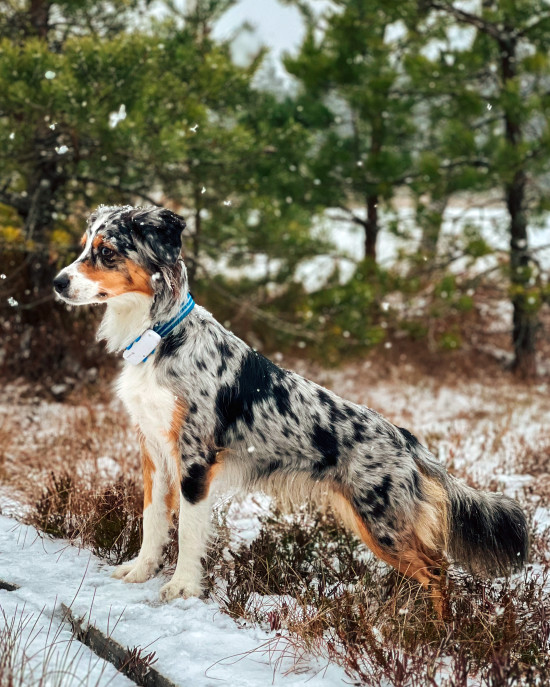
GPS trackers – a growth market
“The GPS tracker business segment has been evolving constantly since it was established,” reports Michael Hurnaus. Underlining this, he adds: “The technology is developing continuously and the chips are becoming smaller. Due to this, we have been able to steadily improve the quality of the products as well as their accuracy and reliability over the years and down six generations of devices.” After all, it isn’t rocket science to put a mobile radio module and a GPS module onto one circuit board, says the entrepreneur. The difficulty increases exponentially as the devices become smaller, however: “The integral antenna requires a certain amount of space – the bigger the antenna, the better the network coverage. A number of companies, even big ones, have failed because they thought it was easy to develop such a product,” comments Hurnaus further.
Here Tractive is working in a product category that is not so well-known and it invests a lot of time in informing dog and cat owners that this product and product category even exist. “After eleven years in the market, we are still growing by 70 per cent year-on-year, even when the general market environment is tough for many,” adds Michael Hurnaus. He puts the cost of his GPS tracker at under 50 euros plus the monthly fee of roughly 5 euros. “A fraction of food and veterinary costs, but for the safety of the pet,” he stresses.
Tractive is regarded as the world market leader in GPS location. It expects to surpass the figure of a million active customers this year. “Pure GPS tracking is now only a by-product for us, however, because our main focus is on the early detection of illnesses or health issues in pets,” explains Hurnaus. To this end, the Tractive devices evaluate movement, sleep and other sensor data. This is because, as experts agree, dogs and cats are very good at concealing pain or problems. “Using our data, however, it is possible to detect an increase in sleep interruptions or any change in behaviour, for example,” he says. He does not intend to develop medical devices with Tractive, but recommends that pet owners observe their pets carefully and consult a vet if necessary.
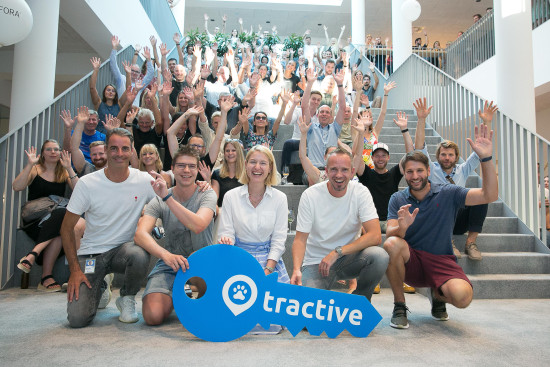
Detection is based on three parameters: historical data of the individual pet, detecting patterns in behaviour and not least comparison with other ‘similar’ pets. It can be evaluated in this way what normal or conspicuous behaviour is. “Through machine learning and AI, this detection will naturally improve increasingly and become more accurate over time, usage and growth in the number of users,” says Michael Hurnaus in summary.

 Menü
Menü





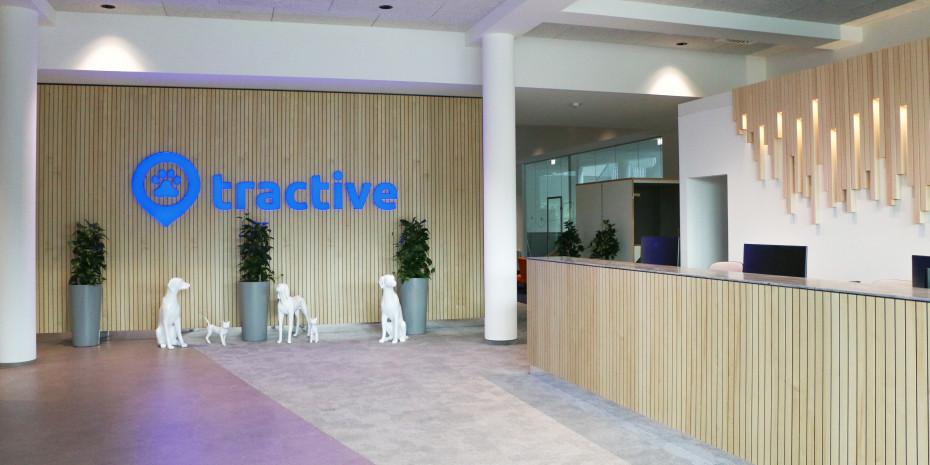

 2/2023
2/2023
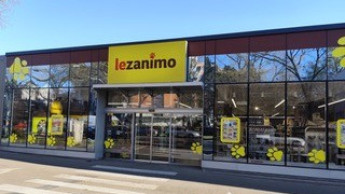


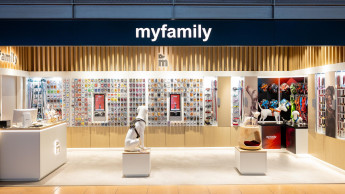

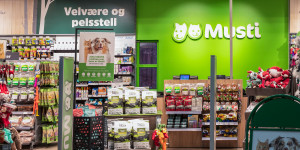

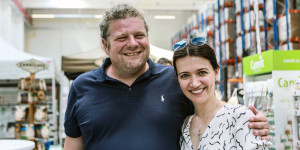


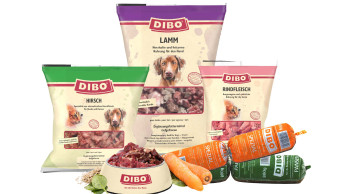

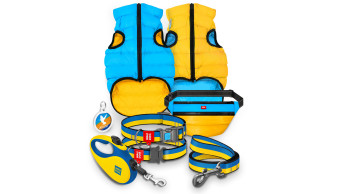
 Newsletter
Newsletter